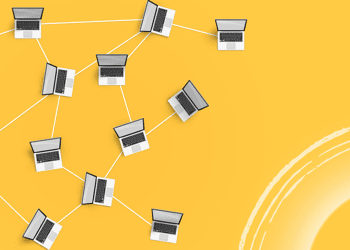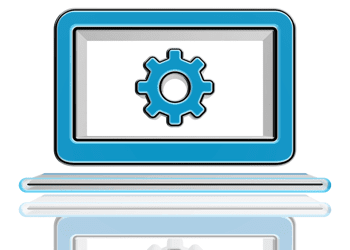The Internet of Things (IoT) is revolutionizing how we interact with the world, enabling countless devices to communicate, collect, and exchange data. This interconnected web of devices—from smart home gadgets to industrial sensors—relies on robust and efficient networks to function seamlessly. Understanding the network requirements for IoT is crucial for successful deployment and optimal performance.
Key Network Requirements for IoT
1. Connectivity and Bandwidth
The foundation of any IoT network is connectivity. IoT devices must be able to communicate with each other and central systems reliably. Depending on the application, this can involve various network types, including Wi-Fi, cellular, LPWAN (Low Power Wide Area Network), and more. Ensuring adequate bandwidth is essential to handle the data transmitted by these devices, particularly in high-density environments like smart cities.
For more information on connectivity requirements, check out this guide on IoT network design.
2. Latency and Real-Time Processing
Many IoT applications, especially those in mission-critical fields like healthcare and autonomous vehicles, require low latency to function correctly. Real-time data processing is essential to respond to events and make decisions instantly. Network performance must be optimized to minimize delays and ensure timely data transmission.
Explore more about the importance of low latency in IoT on Information Age.
3. Scalability
As the number of IoT devices grows, networks must scale to accommodate this expansion. This involves not only increasing the number of connected devices but also managing the surge in data traffic. Future-proofing network infrastructure to support this growth is vital for long-term IoT success.
4. Security
With the proliferation of connected devices, ensuring robust security measures is paramount. IoT networks are vulnerable to various cyber threats, making it essential to implement strong encryption, authentication, and access control protocols. Protecting sensitive data and maintaining the integrity of the network are critical considerations.
For insights into securing IoT networks, refer to this detailed article on IoT device networking requirements.
5. Power Efficiency
Many IoT devices operate in environments where frequent battery replacement or recharging is impractical. Therefore, power consumption is a significant factor. Networks and devices must be designed to operate efficiently, conserving energy while maintaining performance. LPWAN technologies like LoRaWAN and NB-IoT are popular for their low power consumption.
Discover more about low power wide area networks (LPWAN) in IoT on IoT For All.
6. Compatibility and Interoperability
IoT devices often come from different manufacturers and need to work together seamlessly. Ensuring compatibility and interoperability between various devices and platforms is crucial for creating cohesive and functional IoT ecosystems. Standardization and adherence to protocols can facilitate this integration.
Read more about interoperability challenges and solutions in IoT from Allied Telesis.
7. Edge Computing
To reduce latency and enhance processing speed, many IoT applications utilize edge computing. By processing data closer to where it is generated, edge computing reduces the need for data to travel long distances to centralized cloud servers, thus improving response times and reducing bandwidth usage.
Understand the role of edge computing in IoT on this tutorial from Developer.
Success with your IoT depends on how good your network is
Understanding the network requirements for the Internet of Things is essential for deploying and managing IoT systems effectively. From ensuring robust connectivity and low latency to addressing security and scalability challenges, these requirements are the backbone of successful IoT implementations. As the IoT landscape continues to evolve, staying informed about these network necessities will help pave the way for innovative and efficient IoT solutions.





![[Infographic]: What is Microwave Transmission](https://blog.mho.com/wp-content/uploads/2017/10/Screenshot-2025-06-24-141523.png)
